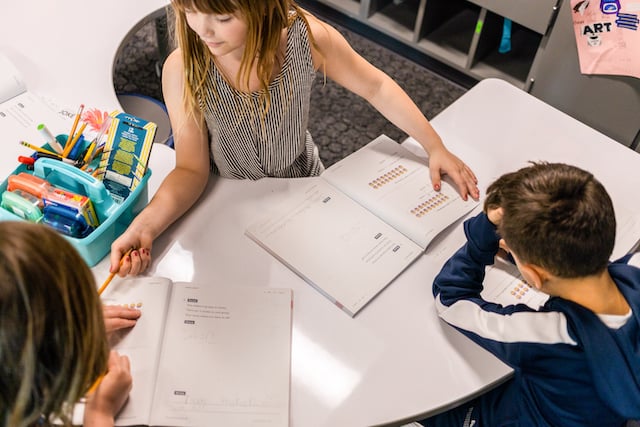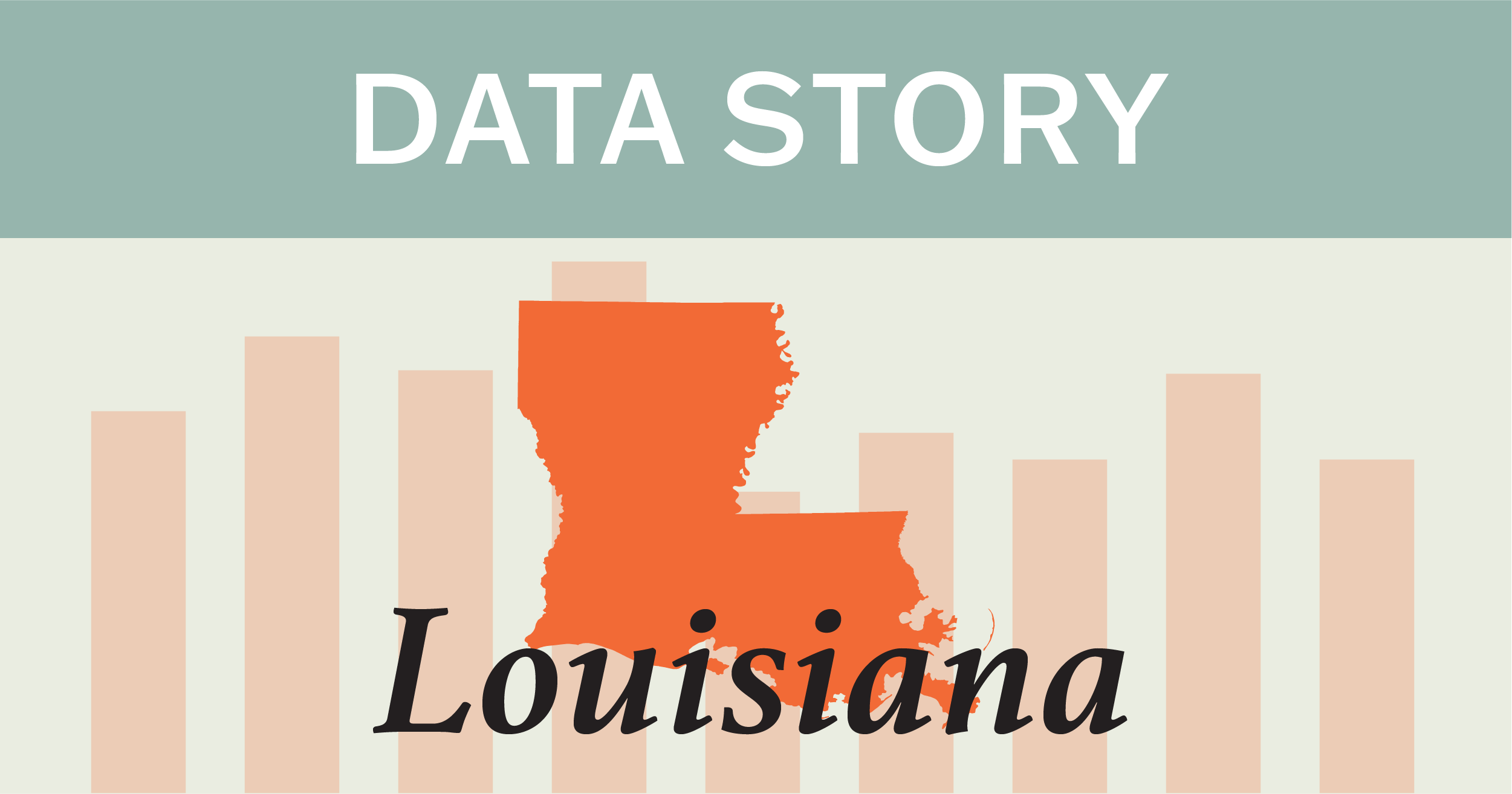Posted in: Aha! Blog > Eureka Math Blog > Conceptual Understanding > Math for Life After the Test
When do you know you really understand something? One test is to see if you can explain it to someone else — well enough that they understand it. Great Minds Inc.’s teachers and scholars have written math curriculum for New York students and teachers that routinely requires students to “turn and talk” and explain the math they learned to their peers.
That is because the goal of the curriculum on EngageNY is to produce students who are not merely literate, but fluent, in mathematics. By fluent, we mean not just knowing what process to use when solving a problem but understanding why that process works.
Here’s an example. A student who is fluent in mathematics can do far more than just name, recite, and apply the Pythagorean theorem to problems. She can explain why a2 + b2 = c2 is true. She not only knows the theorem can be used to find the length of a right triangle’s hypotenuse, but can apply it more broadly — such as to find the distance between any two points in the coordinate plane, for example. She also can see the theorem as the glue joining seemingly disparate ideas including equations of circles, trigonometry, and vectors — making her both confident and excited to take the logical next step in her mathematics education.
By contrast, the student who has merely memorized the Pythagorean theorem does not know why it works and can do little more than just solve right triangle problems by rote. The theorem is an abstraction — not a piece of knowledge, but just a process to use in the limited ways that she has been directed. For her, studying mathematics is a chore, a mere memorizing of disconnected processes.
Unfortunately, this has been the experience of most students in this country for many years, and the experience of most of us — the adults who are now parents, teachers, educators, and the general public as well.
The math curriculum on EngageNY is not just demanding more of students and teachers, it is offering more. It offers students math knowledge that will serve them well beyond any test. This fundamental knowledge not only makes wise citizens and competent consumers, but it gives birth to budding physicists and engineers. Knowing math deeply opens vistas of opportunity available now to far too few young Americans.
A student becomes fluent in math — as they do in any other subject — by following a course of study that builds their knowledge of the subject, logically and thoroughly. In Great Minds’s curriculum, mathematical concepts follow the standards carefully and flow logically from PreKindergarten through high school.
This sequencing is joined with methods of instruction that are working in classrooms across this country, and abroad. For example, we utilize a fluency exercise called a “sprint” to develop students’ fluency with standard algorithms (routines for adding, subtracting, multiplying, and dividing whole numbers and fractions). The mastery of standard algorithms is something many math curricula have neglected in recent years, at students’ peril. These paper-and-pencil computations give students important opportunities to practice the properties of arithmetic that are at the foundation of Algebra.
Number Bond
We utilize many old models and tools, and a handful of new ones. Number line and tape diagrams (aka bar diagrams) are found throughout this curriculum. As is the number bond, a newer model, illustrated at left. Its purpose is to clearly show how numbers are comprised of other numbers.
This curriculum is designed to help accommodate different types of classrooms and serve as a resource for educators, who make decisions based on the needs of students. The “vignettes” of teacher-student interactions included in the curriculum are not scripts, but exemplars illustrating methods of instruction recommended by the teachers who have crafted our curricula. Further, while the curriculum is designed for a full year of interaction, days have also been designated for remediation or extension, so that schedules with less than 75 minutes in a period have time to cover the material.
Syracuse parents and teachers are not alone in their efforts to embrace this curriculum and, by extension, higher expectations for their children and students. The curriculum has been adopted by districts in states from Rhode Island to Arizona. Growing pains can be heard as teachers, parents, administrators, and students adjust to these ways of learning and thinking, but so can the “little eurekas” expressed when students learn more and enjoy it.
At Great Minds, Inc. we are excited to be playing a central role that not only provides a path to deep math knowledge for all students, but does so in a very public way. The curriculum on EngageNY is the most transparent in history — every lesson, all classwork, every problem is available online. Solutions are provided so parents can follow what their children are doing. Prior to this, most curricula were hidden from parents’ view; the textbooks were kept at school with maybe only a workbook going home.
Many parents have less than joyful memories of learning mathematics: lots of memorization, lots of rules to follow without understanding, and problems that didn’t make any sense. What if a curriculum came along that gave their children a chance to avoid that math anxiety and replaced it with authentic understanding, excitement, and curiosity? Like a NY educator attending a EngageNY math training said: “Why didn’t I learn mathematics this way when I was a kid? It is so much easier than the way I learned it!”
Why, indeed?
I want to thank Scott Baldridge, Hung-Hsi Wu, and Robin Ramos for their contributions to this piece. This article was originally published for syracuse.com in January 2014.
Submit the Form to Print

Great Minds
Great Minds PBC is a public benefit corporation and a subsidiary of Great Minds, a nonprofit organization. A group of education leaders founded Great Minds® in 2007 to advocate for a more content-rich, comprehensive education for all children. In pursuit of that mission, Great Minds brings together teachers and scholars to create exemplary instructional materials that provide joyful rigor to learning, spark and reward curiosity, and impart knowledge with equal parts delight.
Topics: Conceptual Understanding










